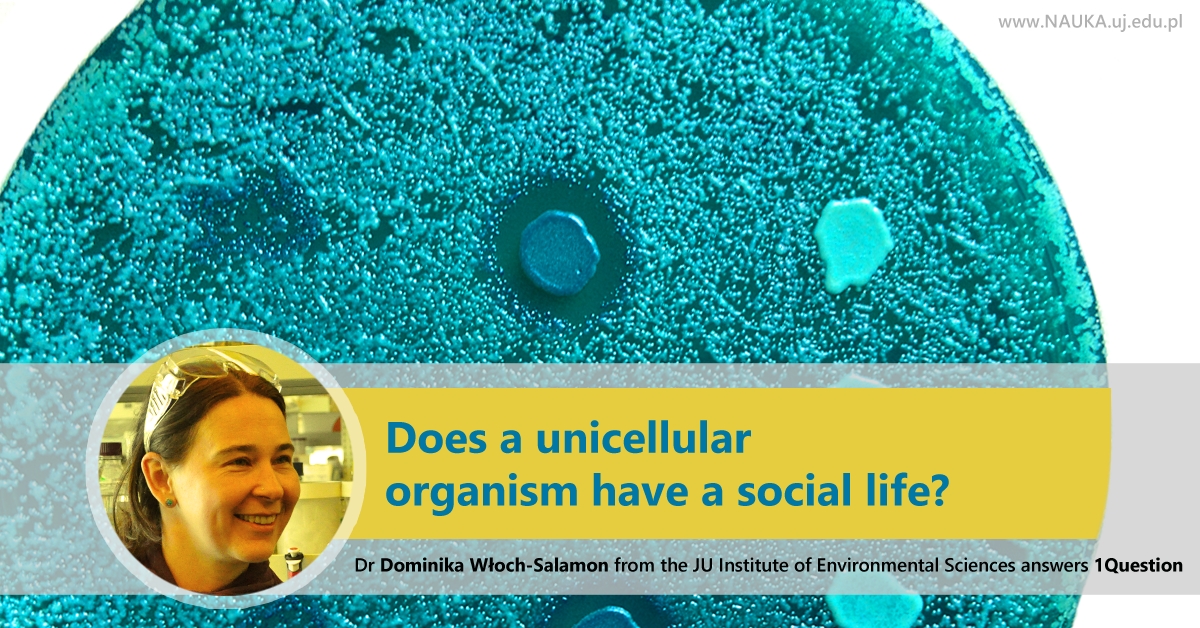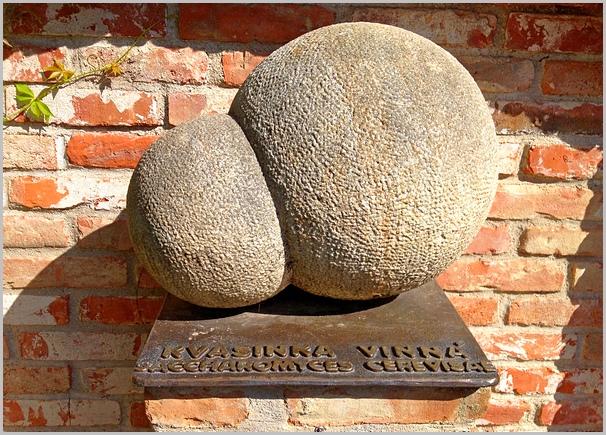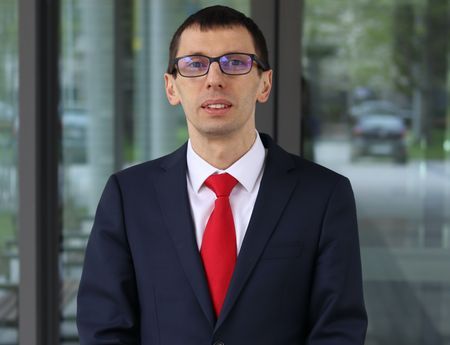
According to Dr Dominika Włoch-Salamon from the JU Institute of Environmental Sciences, microorganisms can be selfish, spiteful, and altruistic. Although these social behaviours are not as advanced and developed as they are in humans, they can be observed if one looks closely enough.
When we’re contemplating social traits or behaviours, most of us think about people or large mammals like wolves or lions. Another thing that comes to mind are eusocial insects like bees or ants or termites. However, our current level of knowledge allows us to think in this way about unicellular organisms, such as bacteria, algae, fungi, and slime moulds. Their ‘lifestyle’ suggests they can be treated similarly to multicellular organisms.
Unicellular organism is a self-sufficient cell capable of carrying out all life supporting processes. Despite their independence, they most frequently live in colonies. There are more and more research papers on communication and cooperation of such organisms as Dictostylium sp. (amoeba), Pseudomonas (bacterium), and Saccharomyces cerevisiae (yeast). We now find ourselves wondering: why are scientists so sure that microorganisms exhibit social behaviours? What is the basis of their research?
Relatives come first

The foundation for their research comes from two concepts by evolutionary scientists William D. Hamilton, called ‘kin selection’ and ‘inclusive fitness’. They expand Darwin’s natural selection theory by adding a genetic aspect to it. Natural selection is viewed through genetic perspective, and relatedness becomes the key distinguishing quality. Related organisms have a higher probability of possessing a specific gene than the average probability for the entire population. Since the ultimate goal of every organism is to spread its genes as broadly as possible, helping related organisms and their offspring is a viable strategy to achieve that goal.

Hamilton has assigned social behaviours into four categories:
- Cooperation – both organisms have the same benefits, and produce more offspring.
- Altruism – ultimately, the actor (donor) will have fewer offspring than the recipient.
- Selfishness – the actor increases the number of his offspring at the expense of the recipient.
- Spite – both organisms are disadvantaged. In this case, both the actor and the recipient have fewer offspring, but the exact amount can vary. Spiteful organisms sometimes have less to lose than their competitors.
It’s important to note that this classification only describes the effects of the interaction. It doesn’t take into account any feelings or intentions (if they’re present at all, that is).
Petri dish – our home
Let’s take a closer look at cooperation, i.e. creating multi-generational colonies. A colony of yeast, visible in a Petri dish as a round spot about one centimetre in diameter, is a complex dynamic system made up of millions of living, self-sufficient specimens. The surface is occupied by older ones – they are dormant, which means they no longer reproduce and require substantially less sustenance. Their cell walls are thicker, so they serve as a shield of sorts, protecting the colony from detrimental factors of its environments, such as dryness. They’re also the first ones to learn about potential opportunities and dangers around the colony (for instance, if there’s food or poison nearby). In such cases, they immediately react by adjusting their metabolism.
The cells in the middle of the colony are the youngest. If they have enough food, they’ll constantly reproduce to make the colony bigger. The lowest layer of the colony is occupied by cells producing a specialised protein – flocculin – which increases their adhesiveness to the surface, or even allows them to penetrate it.

Creating colonies in hostile environment increases the chance of survival. As with other threatened organisms, yeast gather in one place and share their responsibilities. Organised actions help individual specimens to survive. According to Hamilton’s theory, this behaviour may be irrespective of the degree of relatedness. Ultimately, it’s important to protect the offspring of the entire colony. Nevertheless, this cooperation goes a lot more smoothly when the organisms are closely related.
Selfishness and spite
Are yeast capable of selfishness? Well, how would you describe someone who enjoys the fruits of others’ labours? To ingest sucrose (a sugar made of glucose and fructose), yeast must produce an enzyme called invertase, which is a costly process. The enzyme is then secreted into the environment, and nutrients are absorbed through the cell wall. This leads some yeast – most frequently through mutation – to ‘cheat’ and stop producing their own invertase, instead relying on that provided by its neighbours and using the remaining energy to reproduce. There’s an optimistic conclusion to be made from this, at least ethically speaking. After long periods of observation, the scientists have determined that the colonies with the least number of ‘cheaters’ are also the ones that produce the most offspring. Colonies where the ‘cheaters’ are more prevalent are quick to die out.
And what about spite? Is there a situation in which both sides lose something? It’s the rarest kind of observed interaction. A lot of microorganisms, including bacteria and yeast, produce toxins. The ability to produce toxins (and, frequently, being resistant to them) is dependent on the genetic makeup of the organism producing them – a ‘killer’. Although the process requires a lot of energy, it’s still profitable for the ‘killer’, since its toxin only kills non-related individuals. Eliminating competitors is a viable strategy in the fight for room and resources. However, spiteful behaviour may only occur when there’s no relatedness. After all, there’s no real need to be mean to your relatives, is there?
Original text: www.nauka.uj.edu.pl





